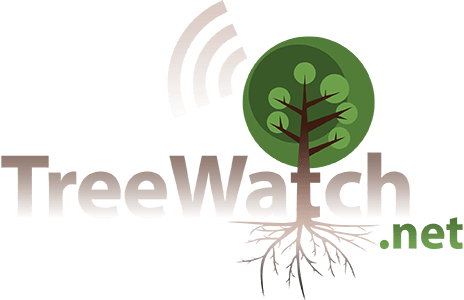Waterwijs
Brugge
Bruges is a world heritage city where water has always been an important part of its history. The reien (inner city canals) have not only shaped the city centre and provided its water supplies in medieval times, but are also vital to make the inner city climate change resilient. A holistic and preventative approach in which a sustainable water management system supports the city’s greening policy is thus needed. The goal of Waterwijs is to make the reien sustainable, both in terms of water quantity & quality, to provide for the increasing water demands of urban greenery.
The reien are a closed system with only one inlet & one outlet. The project will automate the control system and develop a smart water balance model to allow for preventative measures to be taken on water supply and buffering. To this end, part of the underground historic water network will be reconnected to the reien. Moreover, water quality will be ensured, creating a reliable water supply for maintenance of existing & new greenery. This will also benefit biodiversity and water recreation.
In order to allow for data-driven decisions, all of it will be linked to a new policy dashboard. This Waterwijs digital twin will integrate all existing green-blue data and complement with new missing data in order to analyse water availability/quality and greenstress at local level. This extensive dashboard will steer policy decisions and help identify solutions through co-creation with stakeholders & citizens.
Waterwijs is led by Stad Brugge, in close collaboration with project partners De Vlaamse Waterweg, Farys, iFlux, Kytos, Waterland, Sumaqua, and UGent.

To understand how much water urban greenery actually uses, it’s essential to measure the water needs of individual trees. That’s why, since March 2025, an example beech tree (Fagus sylvatica 'Pendula') has been equipped with a sap flow sensor and point dendrometer to monitor its water use and growth. Also air temperature and relative humidity are recorded, and soil measurements — such as temperature and water potential — are also being tracked to give a complete picture of the tree’s environment and water demand.
Tree location
The tree is located in the Koningin Astridpark in Bruges, next to Villa Bota. The satellite image below shows the exact location of the monitored tree.
